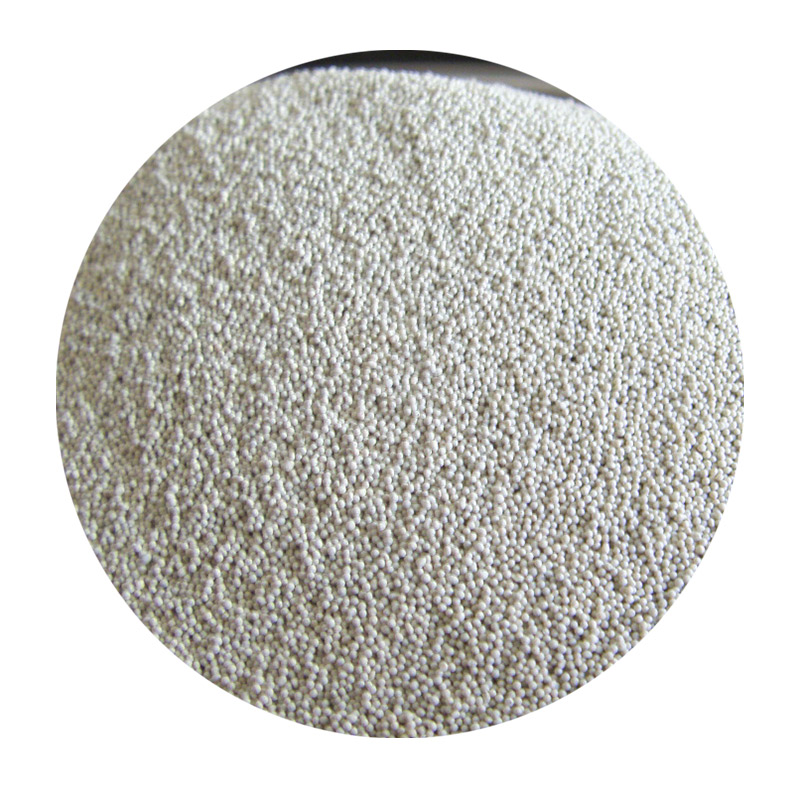The Role of Foundry Sand in Concrete An Overview
Foundry sand, a byproduct of metal casting processes, has garnered considerable attention in the construction industry as a potential ingredient in concrete production. This article explores the characteristics of foundry sand, its benefits and drawbacks, and its overall impact on concrete properties.
Understanding Foundry Sand
Foundry sand is primarily composed of silica, with fine grains that have been used extensively in metal casting operations. After a casting process, this sand is often discarded, resulting in significant waste. However, due to its unique properties, foundry sand has been successfully repurposed as a partial replacement for natural sand in concrete formulations.
Benefits of Using Foundry Sand in Concrete
1. Sustainability The incorporation of foundry sand into concrete serves an essential role in waste management. By reusing this industrial byproduct, the construction industry can reduce landfill waste and promote environmentally sustainable practices. This is increasingly vital in an era of growing ecological awareness and material scarcity.
2. Cost Efficiency Foundry sand is typically more economical than natural aggregates. By substituting foundry sand for traditional aggregate materials, contractors can potentially lower project costs. This economic advantage is particularly appealing for large-scale construction projects, where material costs constitute a significant portion of the total budget.
3. Enhanced Concrete Properties Research indicates that foundry sand can improve various properties of concrete. For instance, the fine particle size of foundry sand can enhance workability and reduce the water demand of concrete mixes. Additionally, the use of foundry sand has been shown to improve the compressive strength and durability of concrete, leading to longer-lasting structures.
foundry sand in concrete

4. Reduced Environmental Footprint Utilizing foundry sand can lower the carbon footprint of concrete production by minimizing the extraction of virgin materials. Concrete is one of the most widely used construction materials globally, and reducing the demand for natural aggregates contributes to more sustainable construction practices.
Challenges and Considerations
While there are clear benefits to using foundry sand in concrete, several challenges must be addressed
1. Contamination Concerns Foundry sand can contain toxic substances, including heavy metals and organic pollutants, that may leach into the environment. It is critical to ensure that the foundry sand used in concrete meets stringent environmental regulations and does not compromise the safety and longevity of the structures.
2. Quality Variability The quality of foundry sand can vary significantly depending on the metal casting process and the type of metals involved. This variability can affect concrete characteristics, necessitating rigorous testing and quality control measures before widespread use.
3. Market Acceptance Although the benefits of foundry sand in concrete are well-documented, its acceptance in the mainstream construction market remains limited. Greater awareness and education regarding the benefits, quality, and safety of foundry sand are needed to enhance its acceptance among architects, engineers, and construction companies.
Conclusion
Foundry sand represents a viable alternative to traditional aggregates in concrete production, offering numerous environmental and economic benefits. As the construction industry aims to adopt more sustainable practices, the repurposing of foundry sand offers an innovative solution to reduce waste and lower costs while improving the properties of concrete. However, addressing issues related to contaminants, quality variability, and market adoption is essential for the successful integration of foundry sand into mainstream concrete production. Through collaborative efforts in research, testing, and community engagement, the construction sector can harness the potential of foundry sand to create a more sustainable future.
Post time:اکتوبر . 10, 2024 21:52
Next:A Complete Guide to Making Your Own Foundry Sand for Metal Casting
